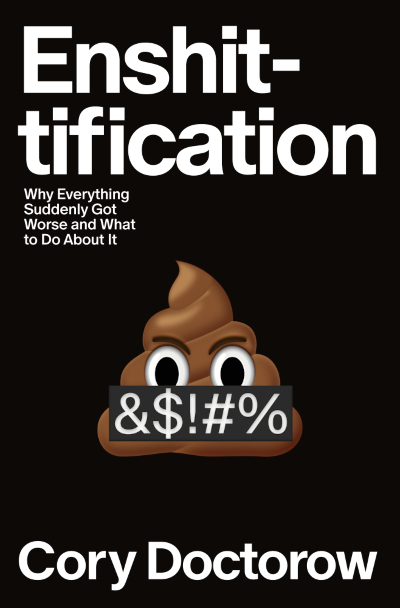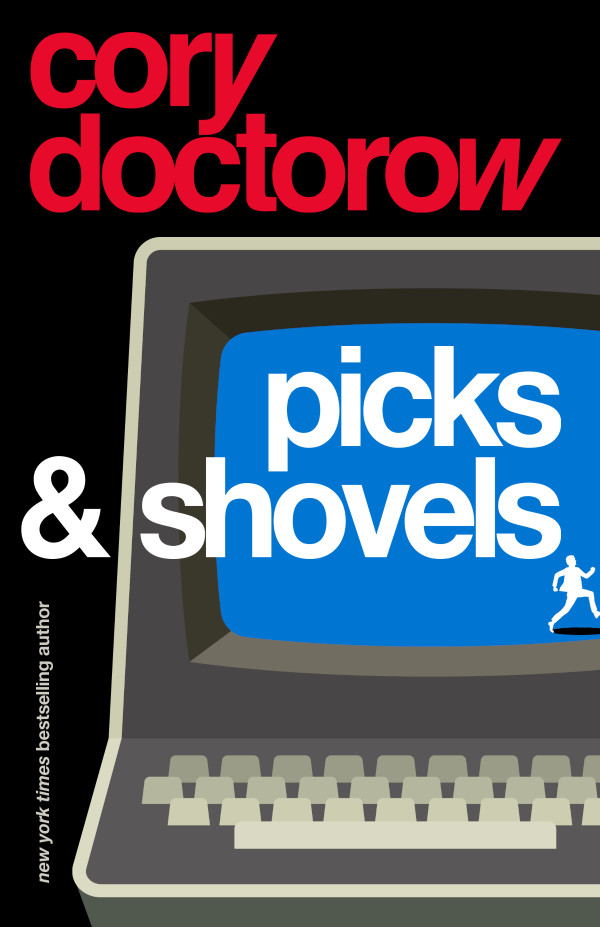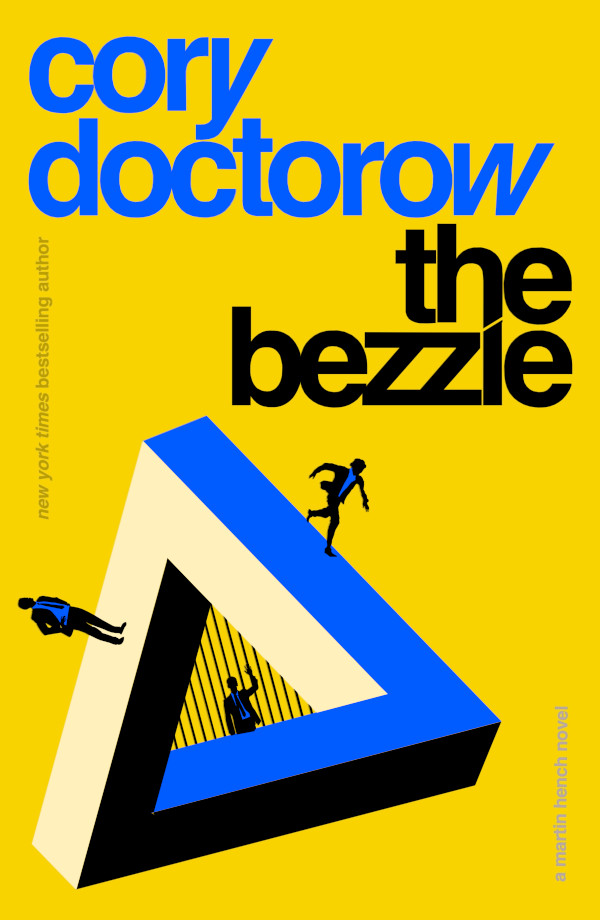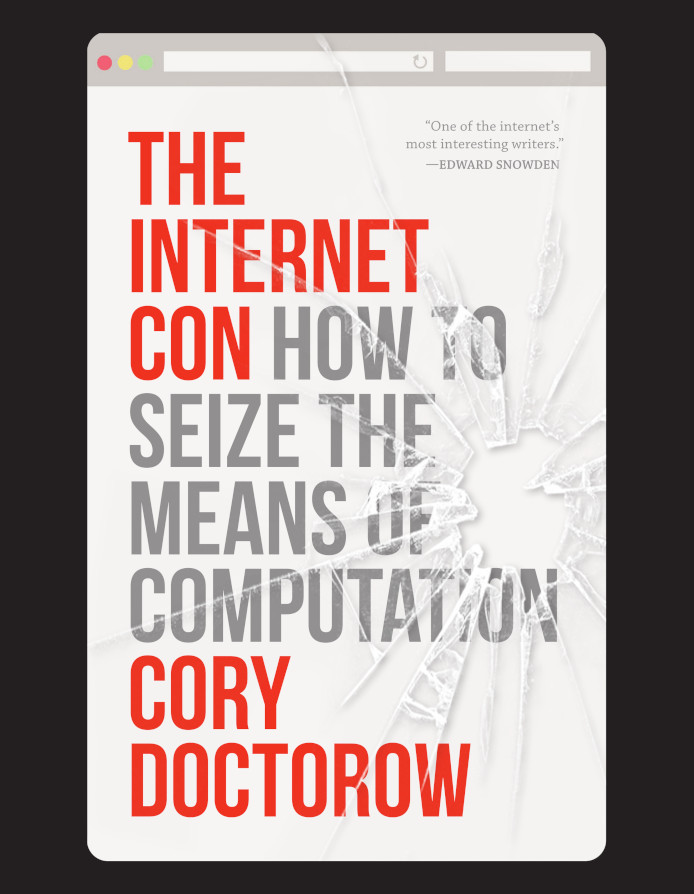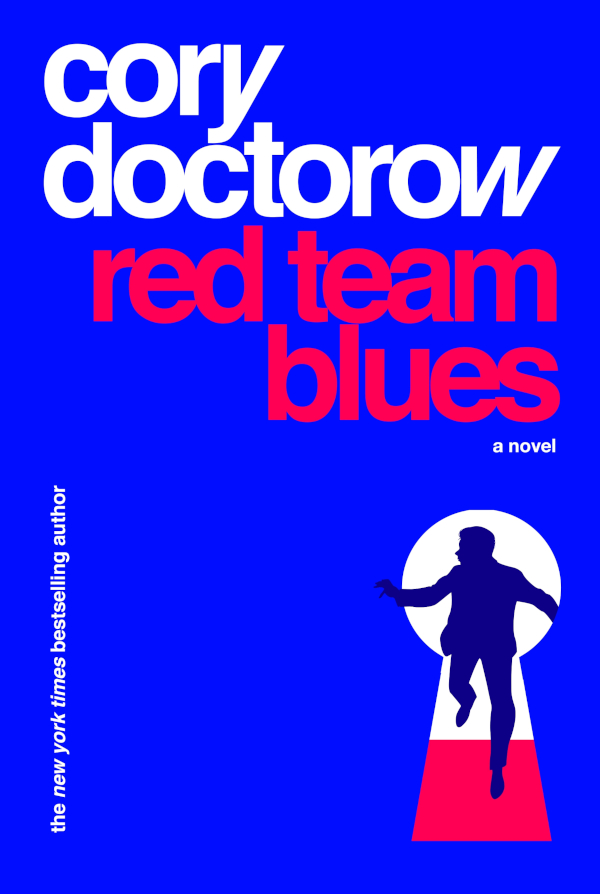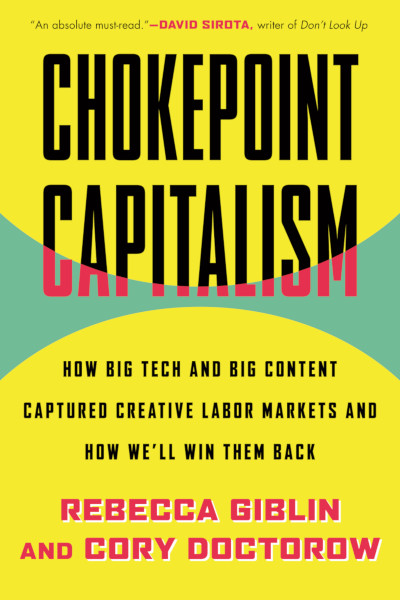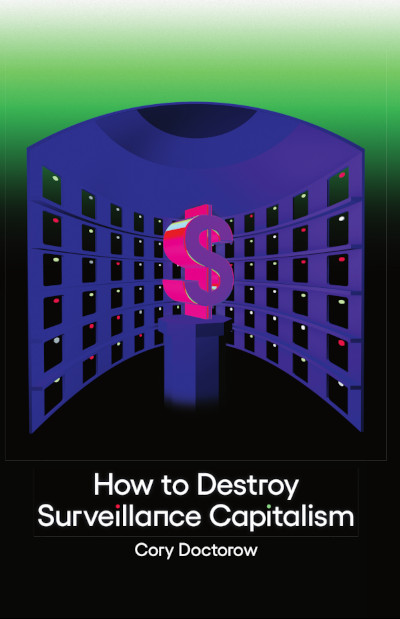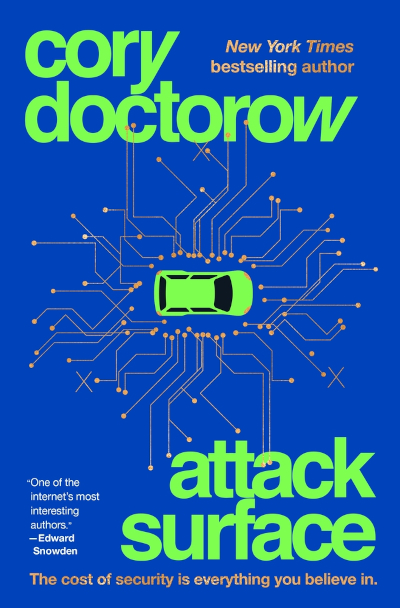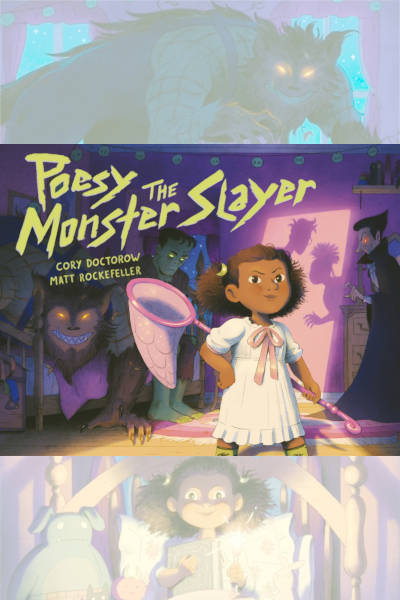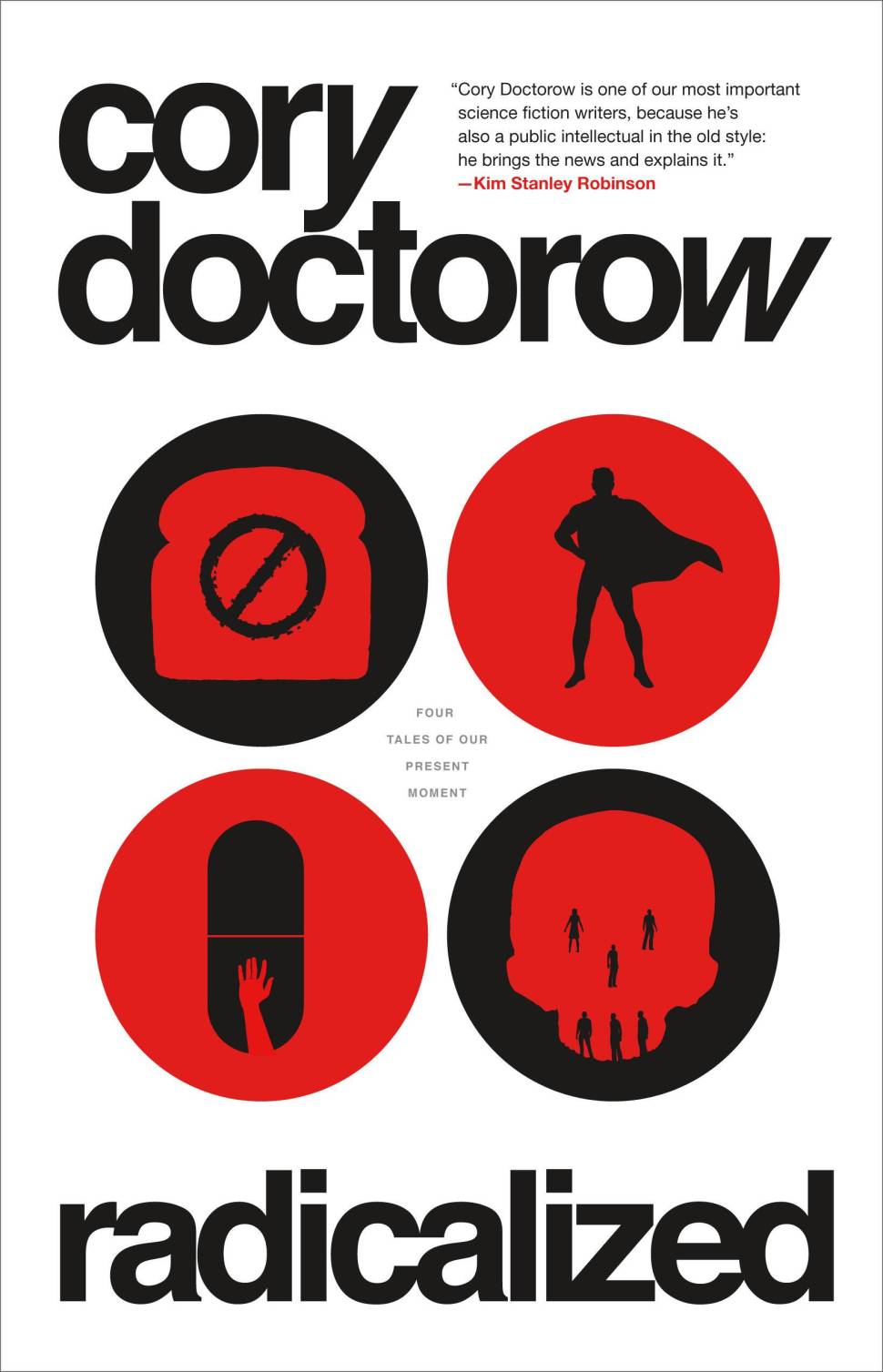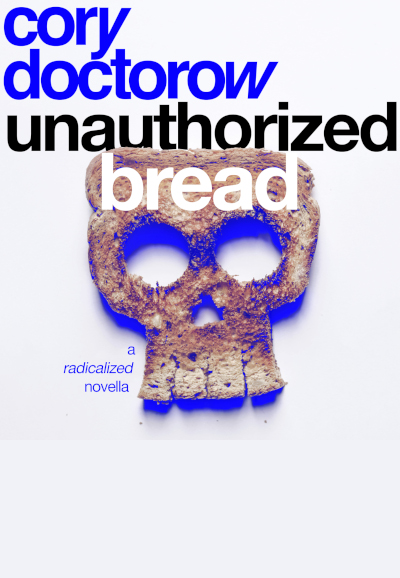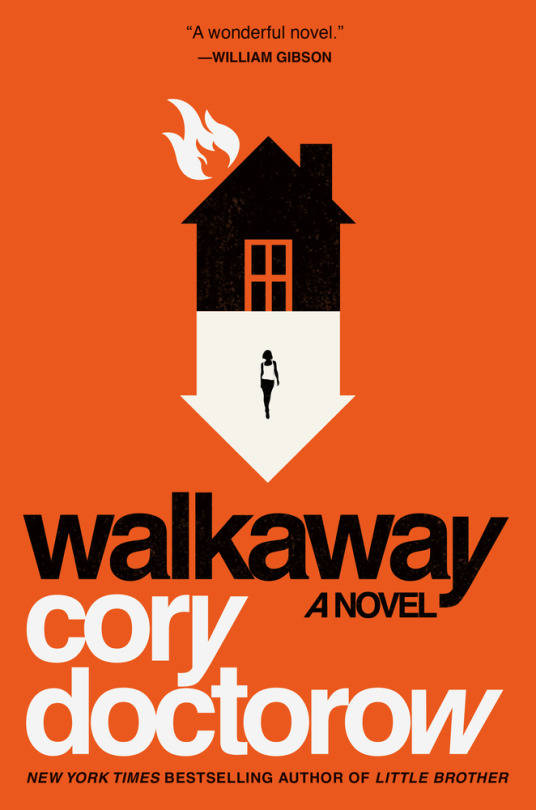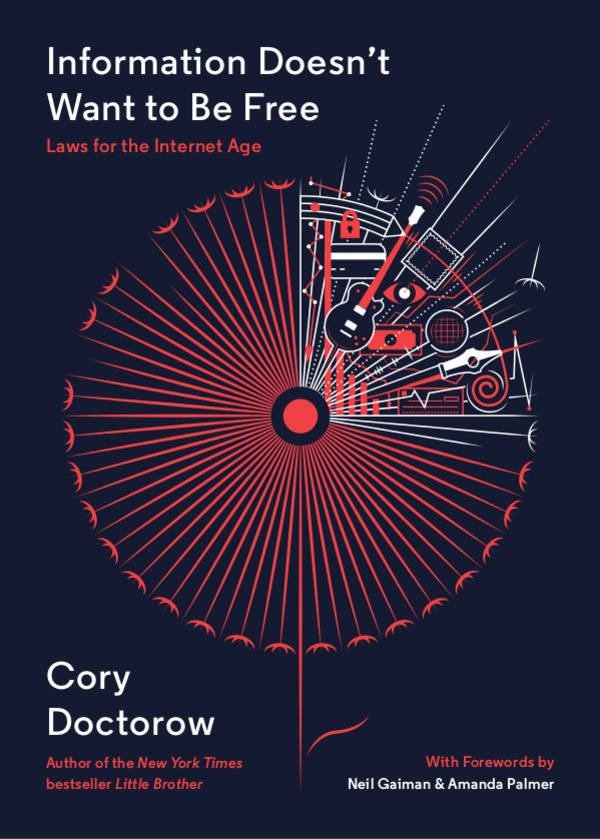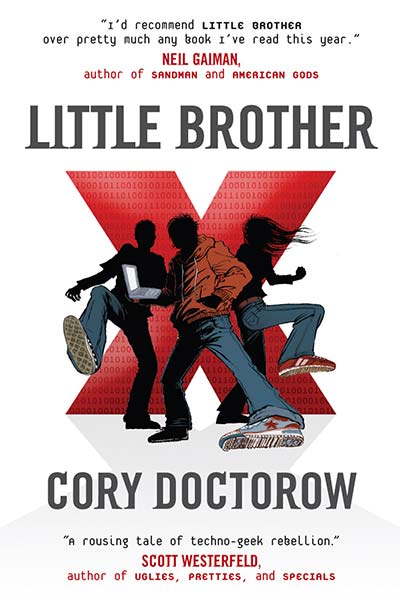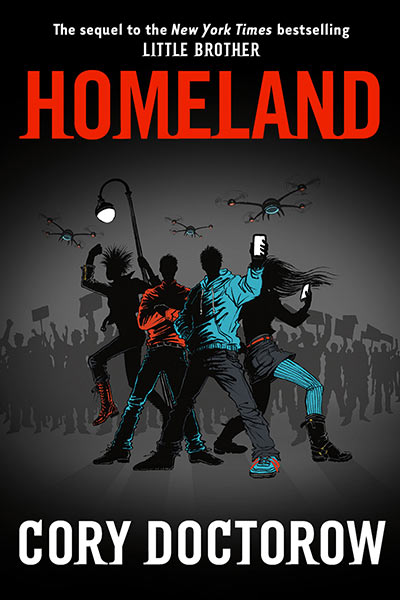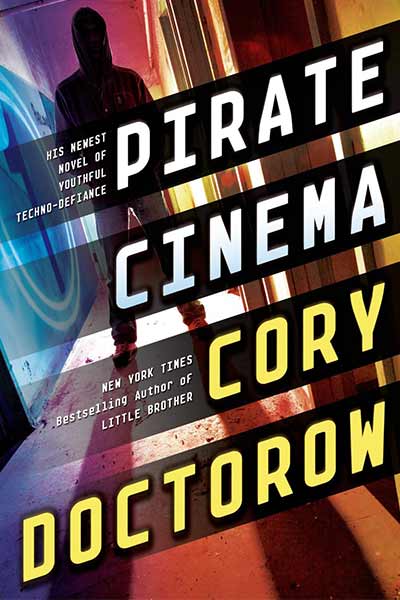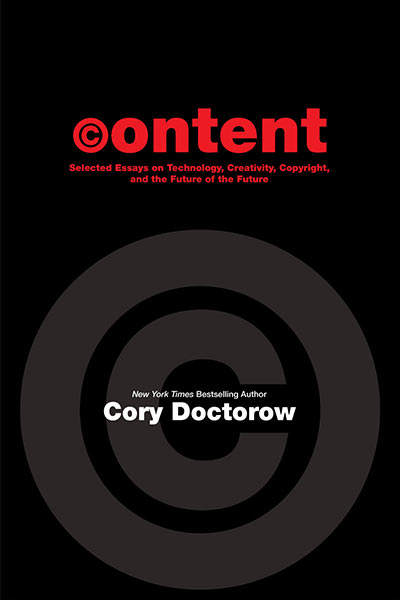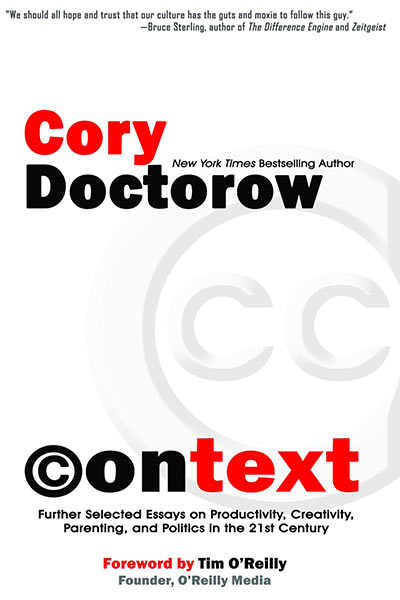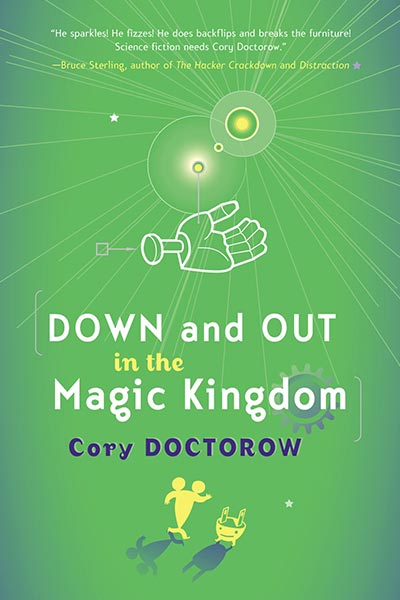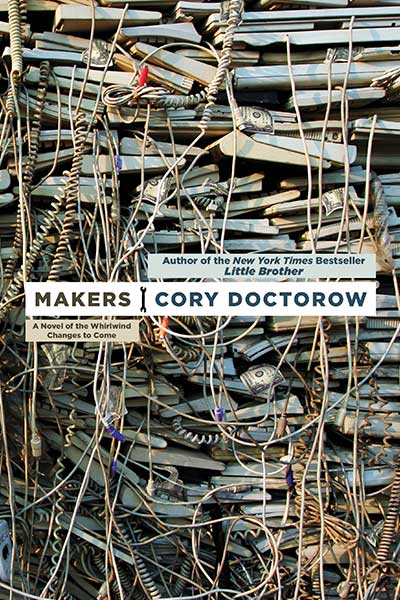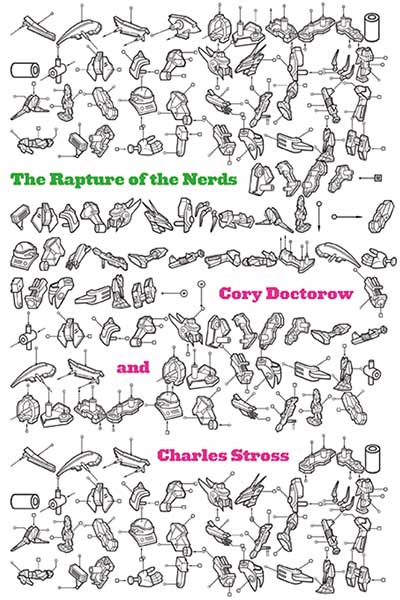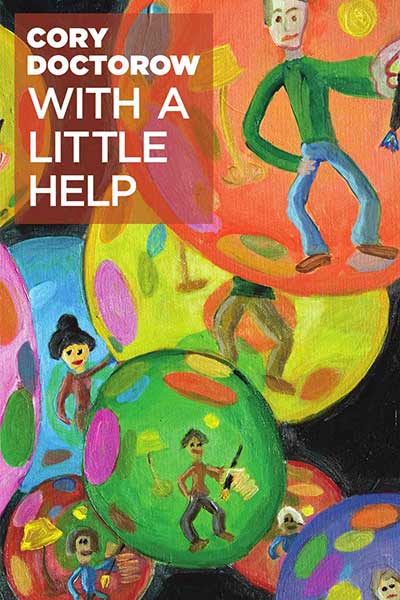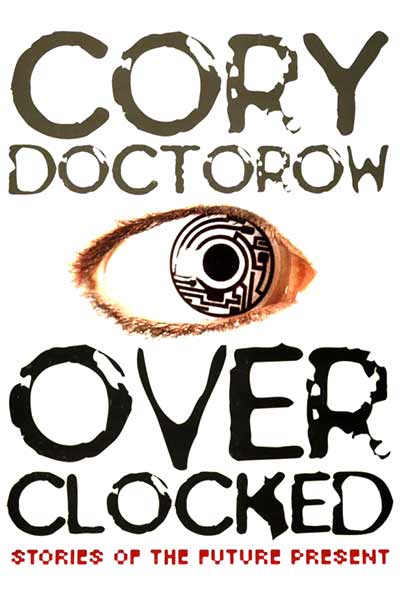Here’s part twenty of my reading of Bruce Sterling’s brilliant, seminal book The Hacker Crackdown, a 1992 book that recounts the events that led to the founding of The Electronic Frontier Foundation, my former employer.
Monthly Archives::
November 2007
My latest Guardian column, “Warhol is turning in his grave,” describes the photography ban in place at the Pop Art Portraits show at the National Portrait Gallery in London. It’s an amazing show, and practically every work hung in it violates someone’s copyrights, trademarks, or both (this is pop art, after all). In a stunning display of either Dadaism or irony-impairment, the gallery has hung the show with a “no photography” policy (not a “no flash photography” policy, either), and the even extend the ban to the “no photography” signs themselves, which, they claim, are copyrighted works.
Any gallery that bans reproducing Warhol on the grounds that you’ll violate his copyright should be forced into an off-site, all-day irony training session.
So what’s the message of the show? Is it a celebration of remix culture, revelling in the endless possibilities opened up by appropriating and reusing images without permission?
Or is it the epitaph on the tombstone of the sweet days before the UN set up the World Intellectual Property Organization and the ensuing mania for turning everything that can be sensed and recorded into someone’s property?
Does this show – paid for with public money, with some works that are themselves owned by public institutions – seek to inspire us to become 21st century pop artists, armed with cameraphones, websites and mixers, or is it supposed to inform us that our chance has passed and we’d best settle for a life as information serfs who can’t even make free use of what our eyes see and our ears hear?
Here’s part nineteen of my reading of Bruce Sterling’s brilliant, seminal book The Hacker Crackdown, a 1992 book that recounts the events that led to the founding of The Electronic Frontier Foundation, my former employer.
New fan-translations of my Creative-Commons-licensed story Scroogled continue to roll in: Piotr Wrzosinski’s Polish translation is the latest, joining earlier translations in French, Spanish, Russian, Persian, Bulgarian, German, and Dutch.
My latest Locus column is online: “Creative Commons” explains the fundamentals of using CC licenses for people who are interested in the idea but haven’t tried it yet. I get a lot of email from people asking just how you apply licenses to your work.
After you check off a few boxes on the Creative Commons license form, you’ll get a page with the license for your work. This consists of a short block of computer code you paste into your book, image, web page, or what-have-you. This code displays a graphic badge showing the license you’ve chosen, with a link back to the license and a block of hidden “machine readable” text. This is text that search-engines can use to figure out which files are shared, and under which terms (you can limit searches on Flickr, Google, or Yahoo to only show Creative Commons licensed results).
Additionally, the machine-readable version links to two other versions of the licenses — a “human readable” plain-language version that can be understood by anyone, and a “lawyer-readable” version of small print that says the same thing in legally binding terms.
Creative Commons licenses are international — over 80 countries have their own CC projects — and something licensed under CC in the USA can be combined with Israeli, Indian, Brazilian, Spanish, British, South African and German CC works without violating the terms of any of their licenses.
Niels Huijbregts from the progressive Dutch ISP XS4ALL has translated Scroogled (my Creative Commons-licensed story from Radar Magazine about the day Google became evil) into Dutch. This translation joins several others made by like-minded fans all over the world: French, Spanish, Russian, Persian, Bulgarian and German!
